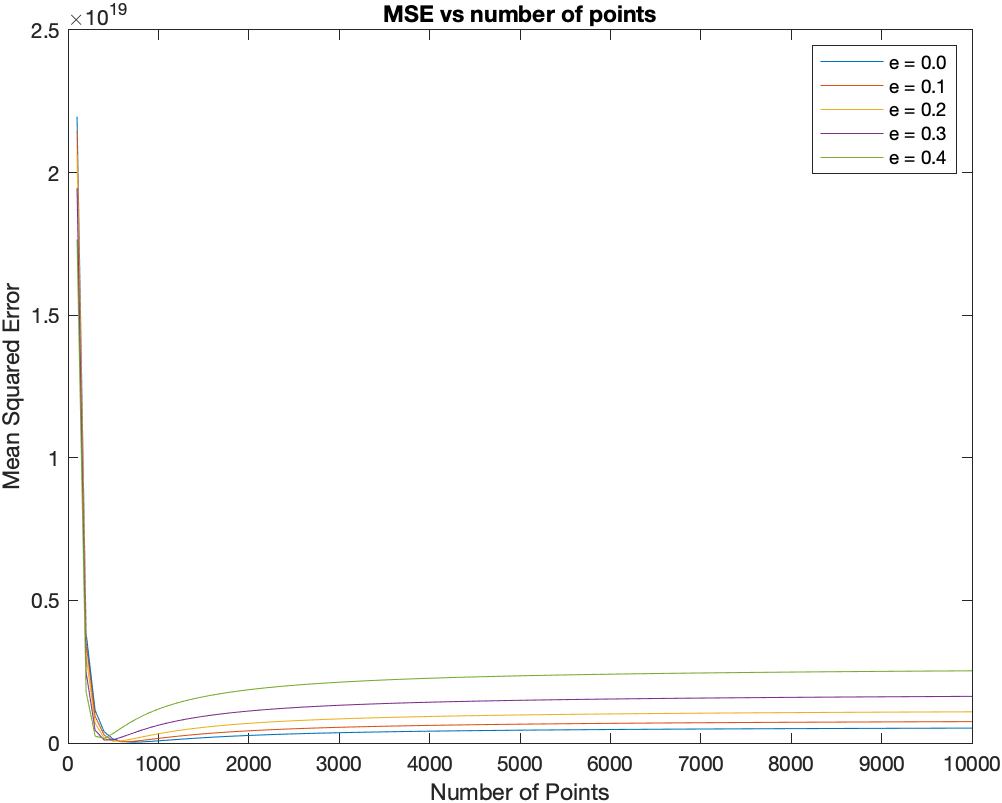I am currently working on a project where I have used an RK4 integrator to attempt to solve the three-body problem. An interesting result that I found, was that decreasing the size of the time steps only improved accuracy until a certain point where the accuracy started to decrease. Is this normal for RK4 integrators or have I done something wrong? if this is normal, can anyone explain why this behaviour occurs?
$\begingroup$
$\endgroup$
5
-
6$\begingroup$ While not for RK, this answer of mine should be relevant. $\endgroup$– Anton Menshov ♦Commented May 30, 2022 at 6:46
-
3$\begingroup$ How did you get your solution to the three body problem? Are you sure it's "correct"? It's a chaotic system so after any reasonable amount of time, all solutions will have O(1) error. $\endgroup$– Chris RackauckasCommented May 30, 2022 at 15:28
-
1$\begingroup$ @AntonMenshov 's comment should be the accepted answer. $\endgroup$– MPIchaelCommented May 31, 2022 at 12:05
-
1$\begingroup$ Another contribution to the topic: math.stackexchange.com/questions/3235194/…. You can reduce the increase of the error to the right by employing Kahan or compensated summation of the step updates. This, roughly, will give an error curve similar to $\max(h^p, \mu, \mu^2/h)$, realistically each term will have a problem-specific constant. $p$ is the order of the method, $\mu$ the machine constant of floating point precision. $\endgroup$– Lutz LehmannCommented May 31, 2022 at 18:10
-
$\begingroup$ Do you have a code snippet to replicate your simulations ? $\endgroup$– Laurent90Commented Jun 3, 2022 at 16:25
Add a comment
|
